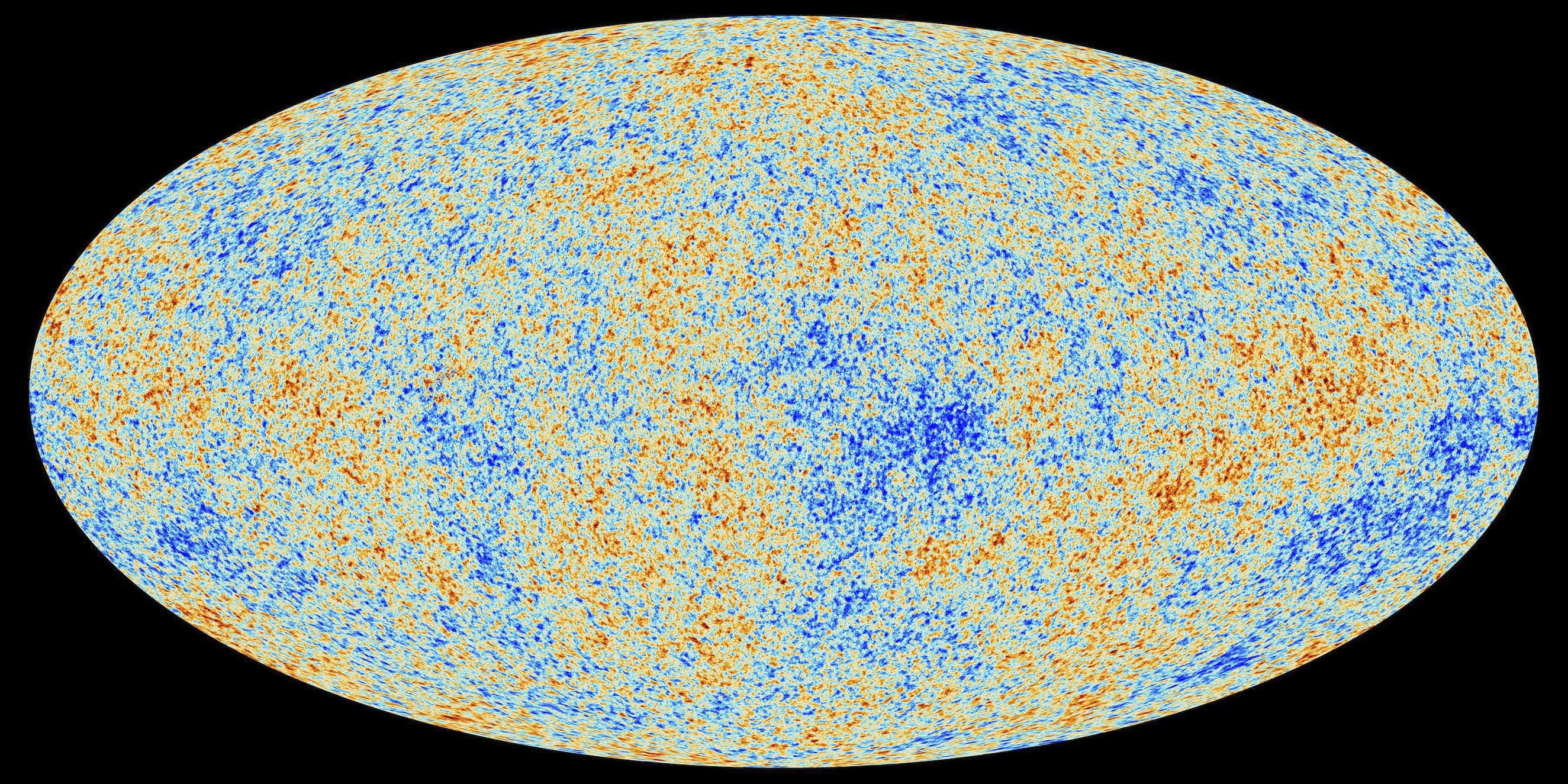Extending the Proton Vortex Model to the Cosmic Microwave Background (CMB)

1. Cosmological Context: Quark Formation and Superfluid Phase Transitions
From the Quark Vortex Theory, quarks form as stable vortices in the non-uniform superfluid vacuum during the Quark Epoch ( to s after the Big Bang), when temperatures were K. The vacuum's superfluidity persists at low temperatures, but in the hot early universe, it behaves as a normal fluid. As the universe cools, a phase transition to superfluidity occurs, analogous to the lambda transition in helium-4 at K.
This transition leaves topological defects (vortices, strings) and density fluctuations in the vacuum, which seed cosmic structure. The proton, as a bound three-quark vortex system, inherits stability from this superfluid background. Extending to CMB:
- The CMB originates from the recombination epoch ( years post-Big Bang, K), redshifting to current .
- In our model, vacuum fluctuations during the superfluid transition amplify quantum inhomogeneities (from inflation), imprinting temperature anisotropies on the CMB.
- Key equation from SVT: Fluctuations in superfluid density couple to the dilaton field (inflaton projection), yielding quintom dynamics for dark energy transition. The CMB power spectrum reflects these, with low- modes from vortex defects.
The Mexican-hat potential drives SSB in the multi-component fields for quarks, but cosmologically, a global SSB in the vacuum superfluid at critical temperature generates Goldstone modes (phonons) that thermalize into CMB photons.
2. Deriving CMB Temperature from Superfluid Vacuum Properties
Recent work quantitatively derives the CMB temperature from superfluid vacuum parameters, aligning with our model. The vacuum is dynamically polarized superfluid free space with elementary dipole resonators, where photon dynamics and constants (e.g., fine-structure ) emerge from dipole interactions.
From the framework:
- Vacuum density sets the energy scale, linking to Hubble constant km/s/Mpc via , consistent with our kg/m³.
- CMB temperature derives from balancing superfluid thermal fluctuations and vacuum polarization: , where the blackbody spectrum uniformity reflects cosmic equilibrium in the superfluid.
- Specific relation: or similar (exact form ties CMB to expansion rate), yielding K quantitatively from dipole analysis.
This extends our proton model: The same vacuum density governing proton stability () influences cosmic expansion and CMB cooling. Vortex formation in the Quark Epoch contributes to baryon asymmetry, affecting CMB baryon acoustic oscillations (BAO).
3. Implications for CMB Anisotropies and Spectrum
- Anisotropies: Superfluid fluctuations from proton-like vortex defects amplify during inflation (via dilaton-quintom transition), producing Gaussian-distributed . Power spectrum with scalar index matches Planck data.
- Spectrum: Blackbody form arises from thermal equilibrium in superfluid phonons, redshifting uniformly.
- Dark Components: Dark energy as superfluid energy density; dark matter as vortex fluctuations, influencing CMB lensing.
Significant Finding 💡: This extension resolves CMB uniformity as superfluid balance, linking proton scale ( m) to cosmic scale via vacuum .
Unsolved Problem Solving 🤔: Explains CMB cold spot or low-multipole anomalies as relic vortex defects from Quark Epoch.
For deeper calculations (e.g., from ), more details needed—let me know! 🔬

No comments:
Post a Comment
Watch the water = Lake 👩 🌊🦆